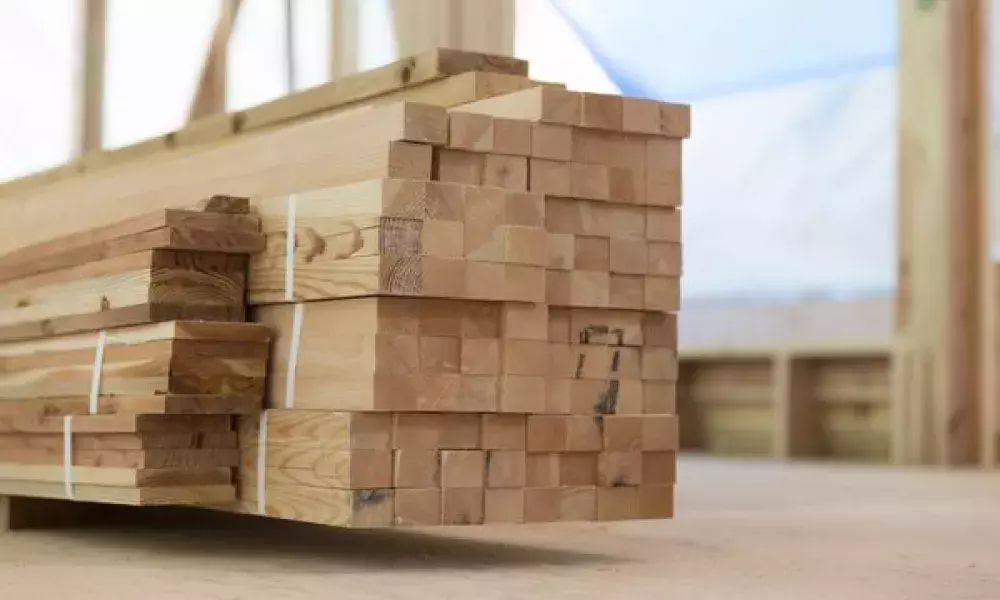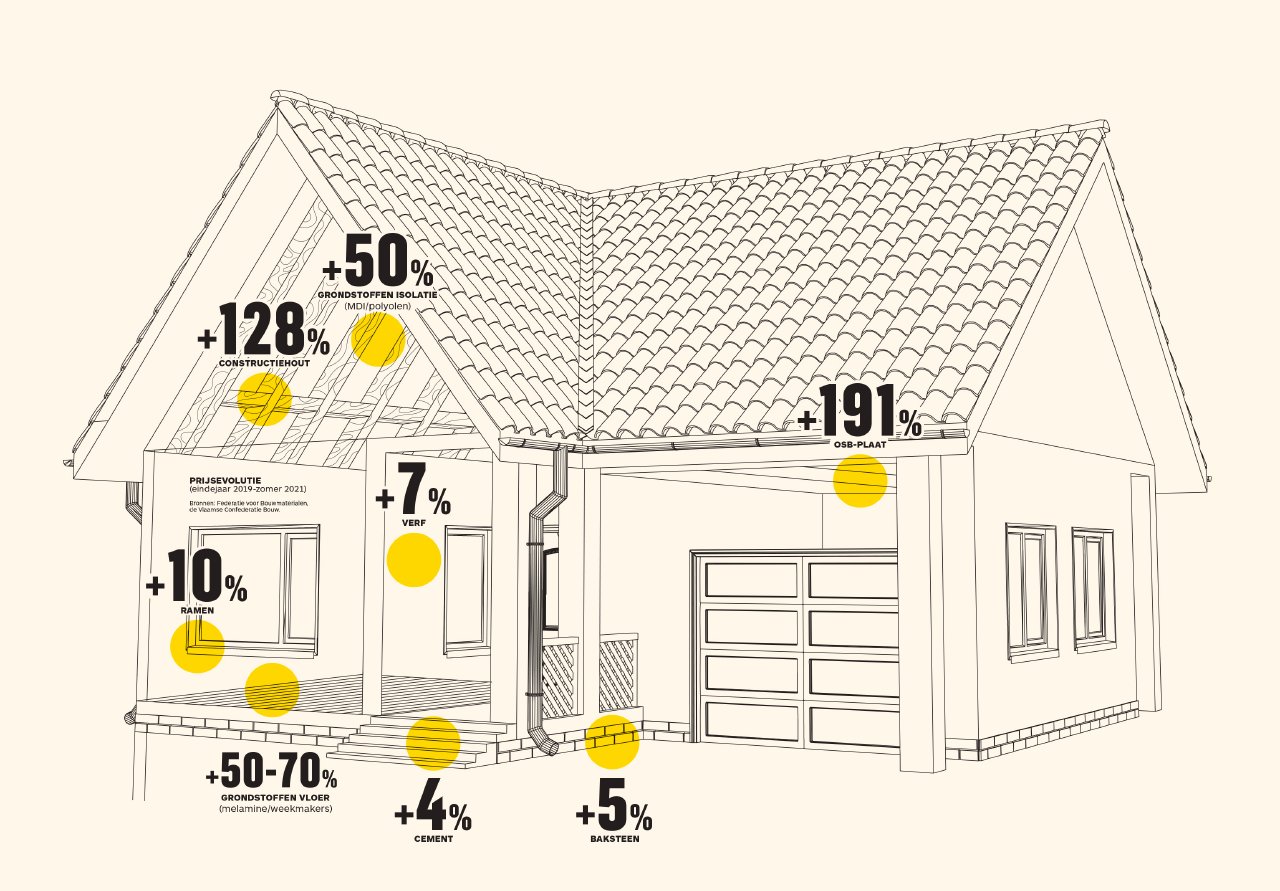
Ghent Knapt Op project is in the process of renovating 84 houses for vulnerable families living in Ghent and transforming them into healthier, safer and more energy efficient homes. The importance of dignified, safe and secure housing has been starkly highlighted during last year’s Covid-19 pandemic, during which most Europeans have been ‘home-bound’, restricted to their apartments, flats or houses for large parts of the year. At the same time, the Covid-19 pandemic has plunged the construction sector into one of the most challenging times in its history.
As countries across the globe introduced lockdowns and other restrictions, the pace of change for construction has been extreme, with many working processes and guidelines changing overnight. This article comes at a challenging time, where Ghent has experienced already two major lockdowns since March while being at an extremely tight time pressure of delivering house renovations to more than 300 participants involved in the project.
A house worth 300,000 euros will become about 10,300 euros more expensive due to the price increase in building materials. Marc Dillen, Director General Flemish Construction Confederation
Price increase and material Availability

The pandemic has severely disrupted international trade, causing a sharp rise in the price of certain building materials and an explosion in transport costs. According to the new index I-2021 of construction materials, the price increase averaged 6.4% between November 2020 and April 2021, but for certain wood or steel-based materials, prices increased exponentially due to tensions in the global commodities market.
Also, a characteristic example of price increase an OSB plate which cost 7.99 euros last year now costs 19.99 euros by that is more than 200% increase. Umut Fisek, Architect in charge, Domus Mundi
Ghent Knapt Op has faced this problem at heart as material cost have changed exponentially during construction creating immense complications during the process. In particular the price increase was so large that PVC and construction wood raw material costs 30% more than last year for the contractors. This caused an almost 10% increase in construction cost for the 84 homes that are being renovated. The renovation plan and cost was revisited by the Ghent knapt Op team in order to address the challenge ahead. Although the project awards 30,000 Euros per household for renovation costs, in many cases that budget changed up to 35,000 euros. So what did Ghent Knapt Op do?
If the household renovation plan and construction contract was already agreed and signed prior to the market changes, the construction cost was absorbed by the contractor. If that was not the case then the renovation plan was revisited and changes could occur in taking out smaller works that did not affect the serious technical issues of the house. If that could not be done due to larger technical issues of a particular case, then renovation premiums unlocked by the other renovation works are used to cover the additional costs due to the price increases.
Apart though from price increases construction also dealt with material shortages and delays. Globally, the sector has been confronted with serious supply problems and with long delays – as far as the deadlines are known – of several weeks or maybe months. Such as plastic products, construction woods, metal components. This affected Ghent Knapt Op mostly for the roof works and carpentry works. Some companies were not able to provide windows and doors on time.
I was in charge for 17 home renovations. Roof contractors were not able to receive their ordered woods for the roof construction. We had to wait three more weeks to receive the order. We had to stop renovation because of this. When they received it, the price was higher than when it was ordered. As a result, it also caused financial sustainability issues for the contractor. In another case a carpentry work was schedule for September. Delivery time of this work is now postponed for January 2022 due to PVC shortages. Umut Fisek, Architect in charge, Domus Mundi
The Butterfly effect:
As the construction sector has been struggling with rising prices and a shortage of building materials as well as full lockdowns due to the pandemic, the Ghent Knapt Op renovation wave has faced a serious of challenges as an affect. Initially house visits for technical screenings, cost appraisals as well as planned renovations were not able to be conducted as lockdowns were on affect. The lockdowns delayed the planned renovations that were also postponed. This caused shifts on the project planning as contractors were not able to provide service on time because they were already fully booked.
Lockdowns also brought employment and uncertainty to participants. On one hand technical unemployment was created as architects and engineers from DomusMundi (NGO supporting the renovations) stopped working for 2 months and for 1.5 years have been working mainly home based thus not being able to provide as much feedback to colleagues and project beneficiaries in person as they could normally do.
On the other hand, many project beneficiaries also faced unemployment or dramatic income reduction, or working from home. This resulted for a lot of them in having to stay home during all the construction works (instead of being at work), which is very uncomfortable and can have an impact on the mental state of the participants. Apart from lack of income many faced also health challenges. As the pandemic was spreading, out of the 17 cases that Umut Fisek dealt with, almost 30% of the participants got infected by Covid-19 somewhere along the way. Once one or more family members were infected, all house visits, cost appraisals, construction works, etc. had to stop.
City of Gent (OCMW) provided temporary housing for some clients during the renovation process. This temporary housing options are tightly scheduled due to excessive demand. One of the clients got Covid-19 just before moving into the temporary housing. They had to stay under quarantine which caused us some weeks of delay for the renovation but also for the family that needed the temporary housing after them. Umut Fisek, Architect in charge, Domus Mundi
Despite challenges in 2021, Ghent Knapt Op has continued to work round the clock with project participants and partners to improve houses in the city of Ghent and will successfully deliver almost all 84 renovations by March 2022. The pandemic has triggered reflection on the vital role of housing but also renewed understanding of the social support and assistance needed for vulnerable citizens during this time.
Ghent Knapt Op managed to finalize 38 renovations so far.
About this resource
The Urban Innovative Actions (UIA) is a European Union initiative that provided funding to urban areas across Europe to test new and unproven solutions to urban challenges. The initiative had a total ERDF budget of €372 million for 2014-2020.
Similar content




